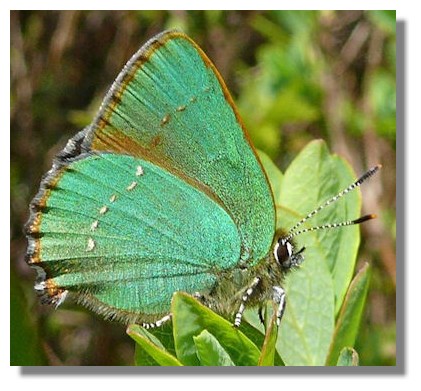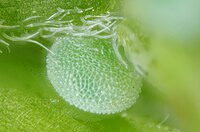Hi Scott,
Sorry, but I did not try to redial in to monthly business meeting on Saturday …
Some thoughts from the little I heard:
Given the media available to us, is there more one can do to enhance the learning experience?
Can enhancement surround the typical classroom videos so that the experience enhances the classroom for the student (and the prof)
How do we keep the material up-to-date? Some subjects are changing yearly.
Who will be our clientele? University students? Professionals seeking to enhance their knowledge? Common Man (and woman)?
How can we enliven the material? Make it exciting without making it mere entertainment?
With accreditation come the need to fit standards. How will we "grade" students?
Again, I'm sorry I could not stay on longer. I am impressed with all the work that has already been done!
Well done,
Andrew
Hi Andrew and Stuart,
Thanks for calling in to WUaS monthly business meeting and for your good questions and thoughts in emails especially. I've had some down internet days making replying difficult.
Per your ideas:
- Building on MIT OCW, and beyond MIT professors, and then interaction in Google + group video Hangouts with instructors, I think virtual worlds / games and programming nanotechnology from the computer interface are two interesting foci in terms of enhancing the learning experience.
- All of the above will surround or immerse classrooms as well.
- MIT OCW, MIT and wiki openness, with student interns as wiki subject / department developers will be some key ways that defining research informs online resources (e.g. in terms of Nanotechnology), and eventually in the interlingual conversations, as well.
- On the free CC MIT-centric degree side, (high achieving) students will be the clientele - http://worlduniversity.wikia.com/wiki/Admissions_at_World_University_and_School#World_University_and_School_Links - and eventually from large languages.
- In seeking to become the MIT / Harvard of the internet, enlivening the material partly builds on what already are best practices 'out there' ... Great universities' teachers, for example, who can reach out through the web camera and computer screen is the long term goal, and who know their field better than most others.
- Graduate students initially will grade the students, as WUaS continues to incorporate best online and great universities' practices.
More soon,
Scott
Andrew,
Thanks for these Nano research safety resources - Nanotoxicology and NanoSafet
It's potentially exciting to develop this WUaS Nanotechnology subject, for example, with what may become a central safety focus in an emergent academic department, and in multiple languages, perhaps differentiating it from all other Nanotechnology departments (by being a) safety focused, b) online and c) in many languages).
Regards,
Scott
Great ...
I added the two Nano-Safety groups you mentioned - Nanotoxicology and NanoSafety - to - http://worlduniversity.wikia.com/wiki/Nanotechnology#Select_Societies.2C_Associations.2C_Groups.2C_Networks.2C_etc.
As members of the Academic Committee at WUaS, how might we focus a hypothetical MIT or Stanford graduate student intern facilitator (who might have already taken 2 or 3 courses in Nanotechnology, and know the field well from a student perspective) of this web page in the directions of course ware focusing on Nano-Safety?
What experiments even might we suggest and add?
"7 Amazing Ways Animals Use Nanotechnology: The animal kingdom boasts many an impressive form, from arching giraffe necks to spoon-shaped bird beaks to gigantic beetle claws. But evolution has worked on much smaller scales too, producing nanostructures that help animals climb, slither, camouflage, flirt, and thrive."
http://discovermagazine.com/galleries/zen-photo/a/amazing-animal-nanostructures
Scott
*
...




No comments:
Post a Comment
Note: Only a member of this blog may post a comment.